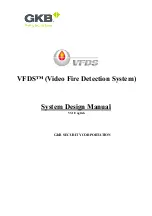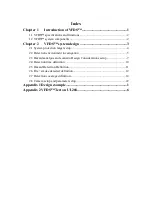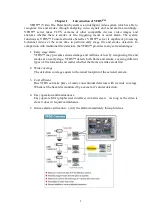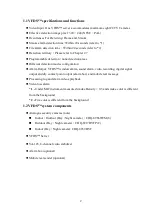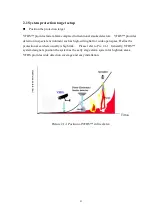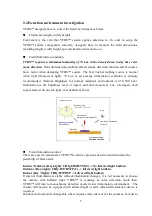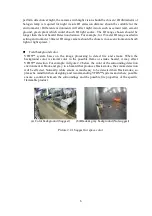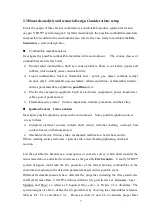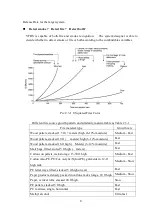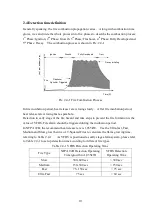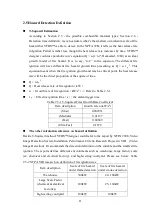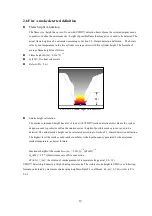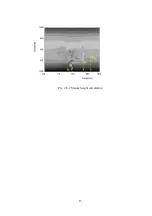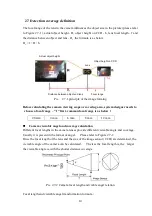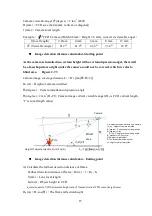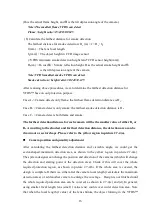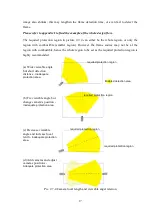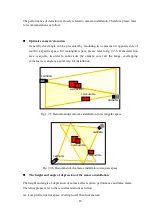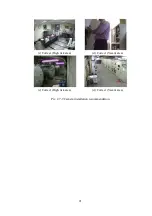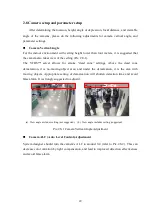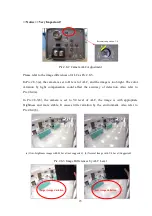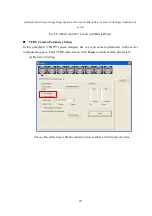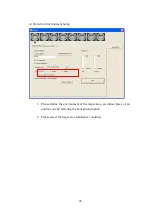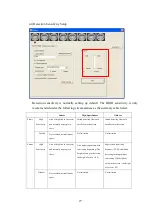
12
2.6 Fire / smoke detected definition
Flame height calculation
The flame size / height has a lot of to do with VFDS™ detection limit. Hence the system designer needs
to predict or define the minimum size / height of possible flame that may arise or need to be detected. The
actual flame height can be calculated according to Section 2.5, Hazard detection definition. The hot air
velocity and temperature in the fire cylinder coverage varies with fire cylinder height. The formula of
average flame height is as follows:
Flame height H
f
(m)= 0.166* Q
2/5
Q (kW)= Fire heat release rate
Refer to Pic. 2.6-1.
Pic.2.6-1 Flame high calculation
Smoke height calculation
The smoke volume and height has a lot of to do with VFDS™ smoke detection limit. Hence the system
designer needs to predict or define the minimum size / height of possible smoke arose or need to be
detected. The actual smoke height can be calculated according to Section 2.5, Hazard detection definition.
The highest level the smoke could reach contributes to the heat buoyancy generated by the minimum
smoke temperature, as below formula:
Maximum height of the smoke H
max
(m) = 5.60×Q
c
1/4
(dT
a
/dX)
-3/8
Q
c
(kW) = 0.8 *Q Heat release rate of fire convection
dT
a
/dX (
℃
/m)= the column of smoke gradient of temperature (In general, 0.9~1.2)
VFDS™ detects high density (or high shading rate) smoke. The visible smoke height in VFDS is as following
formula, calculated by maximum smoke rising height multiple 0.7 coefficient: H
s
(m) = 0.7 H
max
refer to Pic.
2.6-2.
H
f

